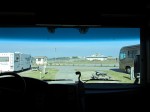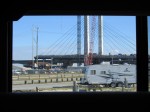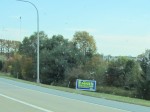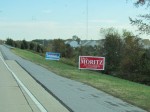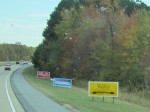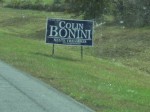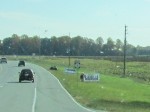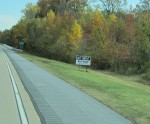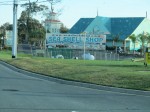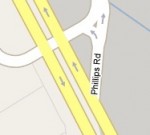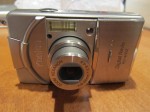We’ve been camped at the Delaware Seashore State Park for several days.
I know the green area stops on the north side of the Indian River Inlet on Google’s map but that’s a mistake since our campground is on the south side of the inlet. You can see the inlet behind the flags in this view from our front window.
Yes, it’s been windy enough to make the flags stand out well. We thought we might leave today but the winds are variable direction and gusty. Tomorrow they are predicted to be from the north which would give us a tail wind so we’ll leave then.
Plus, tomorrow being Monday, work will begin again on the new bridge over the inlet. The one you see here out our side window.
They start at 7:30 a.m. week days. So far, I’ve done a pretty good job of turning over and going back to sleep but, who knows, we may actually succeed in making an early departure tomorrow.
TTYL,
Linda

